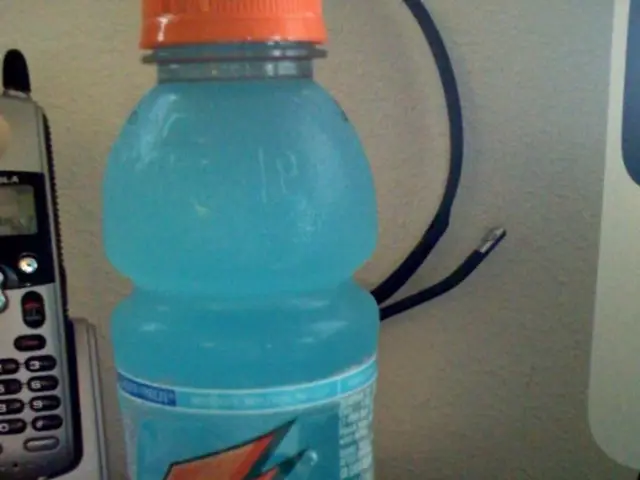Star Alliance Introduces Credit Card in Australia; Pondering Cross-Atlantic Expansion
Dig into the world of Star Alliance, the largest airline alliance out there, with names like United Airlines, Lufthansa, and Singapore Airlines on their roster. This year, they celebrated their 25th birthday in style by launching their own HSBC cobranded credit card and points currency in Australia known as Star Alliance points.
Even though no Star Alliance member airlines call Australia home, they've made a splash by offering reciprocal elite benefits on domestic flights through partnerships with airlines like Air Canada and United—and it's all thanks to their new credit card.
Star Alliance has yet to announce plans for a similar credit card for the U.S., but the anticipation is real. As a devoted Star Alliance follower, I can't help but dream about what a U.S. version could offer.
Here's what I'd like to see from a potential Star Alliance card stateside:
Star Alliance Gold status
One exciting perk of the Australian Star Alliance credit card is automatic Star Alliance Gold status for cardholders for the first year after spending AU$4,000 (about $2,670) in the first 90 days of card membership. To keep Gold status for subsequent years, cardholders must spend AU$60,000 (around $40,000) on the card annually. The cool part? Cardholders can pick their status from several options, including Air Canada Aeroplan 50K, Air New Zealand Airpoints Nominated Gold, EVA Air Infinity MileageLands Gold, Singapore Airlines KrisFlyer Elite Gold, South African Airways Voyage Gold, Thai Airways Royal Orchid Plus Gold, or United Airlines Premier Gold.
Points transfers
Star Alliance points can be transferred to seven Star Alliance airlines, representing 92% of Star Alliance's Australian flights, according to Renato Ramos, Star Alliance’s director of loyalty. Here's the lowdown on those transfers:
- Air Canada Aeroplan: 1,000 Star Alliance points equals 800 Aeroplan points.
- Air New Zealand Airpoints: 1,250 Star Alliance points equals 10 Airpoints dollars.
- EVA Air Infinity MileageLands: 1,000 Star Alliance points equals 800 Infinity MileageLands miles.
- Singapore Airlines KrisFlyer: 1,000 Star Alliance points equals 800 KrisFlyer miles.
- South African Airways Voyager: 1,000 Star Alliance points equals 800 Voyager miles.
- Thai Airways Royal Orchid Plus: 1,000 Star Alliance points equals 800 Royal Orchid Plus miles.
- United Airlines MileagePlus: 1,000 Star Alliance points equals 800 MileagePlus miles.
This is somewhat similar to what we see with some transferable points programs outside the U.S., where transfer and earn rates are often adjusted for lower interchange fees and the local currency.
What I'd like to see from a US Star Alliance credit card
Expanded transfers across the alliance
To really differentiate itself from other cards, a U.S. Star Alliance credit card should ideally transfer to all airlines in the alliance. This step would open up many lucrative redemption options like using ANA Mileage Club miles to fly Lufthansa first class from the United States to South Africa for just 75,000 Aegean miles one-way.
Better earning rates
The Aussie HSBC Star Alliance credit card offers 1 Star Alliance point per dollar spent in a statement period on the first $3,000 and 0.5 points thereafter. To keep up with U.S. competition, a U.S. Star Alliance card might offer 3 or more points per dollar on Star Alliance flight purchases. The card would likely have other bonus categories, like 3 Star Alliance points per dollar for dining and 1 or 1.5 points per dollar on everything else.
A more lucrative sign-up bonus
Most premium cards in the U.S. provide sign-up bonuses that range from 50,000 to 150,000 points. While the Aussie HSBC Star Alliance credit card doesn’t have a traditional sign-up bonus, it does offer Star Alliance Gold status for one year after spending $4,000 Australian dollars on the card in the first 90 days.
For a U.S. card, I'd expect a sign-up spending requirement, but hopefully, it would involve a traditional approach—receiving a set number of Star Alliance points after spending a set dollar amount on the card within the first several months.
The US card will likely have a higher spending requirement for status
Spending requirements for elite status from U.S. competitors like American Airlines Platinum and Delta Gold Medallion status are significantly more than the $40,000 required by the Aussie Star Alliance card. We can expect a higher spending requirement for Star Alliance Gold status if the card makes it to the U.S.
The card could be an attractive alternative to earning status outright
While a U.S.-issued Star Alliance credit card might not be available, I'm optimistic about the potential for one in the future. Star Alliance Gold status brings perks like priority airport services, airport lounge access, and extra baggage allowances for travel on the Star Alliance network. Although United's Chase cobranded credit cards have some comparable benefits, a Star Alliance card offering transferable points and Star Alliance Gold status through a program like United MileagePlus could be a game-changer.
- The upcoming Star Alliance credit card in the U.S., if launched, could potentially offer automatic Star Alliance Gold status for the first year after spending a specified amount.
- The value of Star Alliance points can be transferred to seven Star Alliance airlines, representing a significant percentage of Star Alliance's flights in Australia.
- News about a U.S. version of the Star Alliance credit card has generated considerable anticipation among devoted Star Alliance followers.
- The Australian Star Alliance credit card offers varying elite status levels to choose from, including Air Canada Aeroplan 50K, Air New Zealand Airpoints Nominated Gold, and more.
- A U.S. Star Alliance card, if introduced, might provide expanded transfers across the Star Alliance airlines, offering more lucrative redemption options.
- The Australian HSBC Star Alliance credit card currently offers 1 Star Alliance point per dollar spent, but a U.S. card might offer higher earning rates for Star Alliance flight purchases.
- The sign-up bonus structure for a potential U.S. Star Alliance card may involve receiving a set number of Star Alliance points after spending a set dollar amount within the first several months.
- Analysts predict that a higher spending requirement for Star Alliance Gold status could be expected if the card is introduced in the U.S., in comparison to the requirements set by U.S. competitors like American Airlines Platinum and Delta Gold Medallion status.




